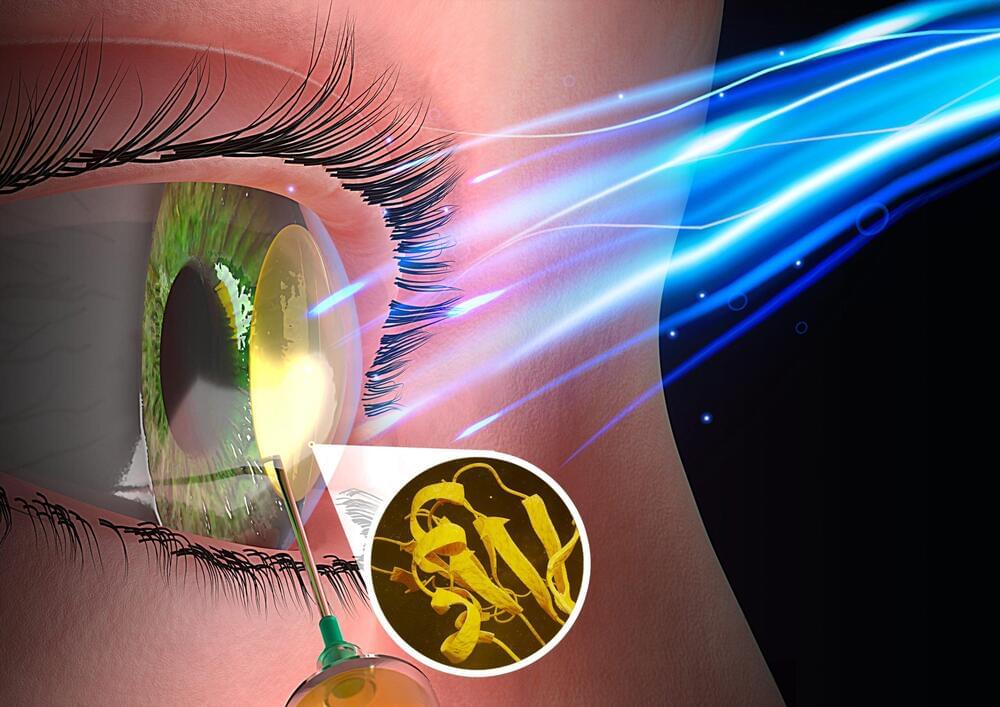614 — In Search of Future Life.
Airdate: December 6, 1981
Writer and Director: Greg Goldman.
What might the world be like for our children?
614 — In Search of Future Life.
Airdate: December 6, 1981
Writer and Director: Greg Goldman.
What might the world be like for our children?


The STAR party’s vision for Canada includes the research and development of self sustainable Mobile Airborne Cities; or Airborne Arcologies. Being an obviously semi-long term goal, the objective would be to at first, allocate budgeting towards research and development of components to build this project in a phased manner… and the scaling of the project as technology allows for it.
Phase I: research and development of scalable micro-prototypes.
Phase II: multiple prototype development / testing stages.
Phase III: Final modifications, and testing of Finished Model.
Phase IV: aircity one digital-testing / infrastructure development.
Phase V: aircity production facility development.
Phase VI:… More

There’s a lot of talk about the potential for artificial intelligence in medicine, but few researchers have shown through well-designed clinical trials that it could be a boon for doctors, health care providers and patients.
Now, researchers at Stanford Medicine have conducted one such trial; they tested an artificial intelligence algorithm used to evaluate heart function. The algorithm, they found, improves evaluations of heart function from echocardiograms — movies of the beating heart, filmed with ultrasound waves, that show how efficiently it pumps blood.
“This blinded, randomized clinical trial is, to our knowledge, one of the first to evaluate the performance of an artificial intelligence algorithm in medicine. We showed that AI can help improve accuracy and speed of echocardiogram readings,” said James Zou, PhD, assistant professor of biomedical data science and co-senior author on the study. “This is important because heart disease is the leading cause of death in the world. There are over 10 million echocardiograms done each year in the U.S., and AI has the potential to add precision to how they are interpreted.”

NIH-funded study supports new role for nutrient found in fish, dietary supplements.
Omega-3 fatty acids, which are abundant in fish and fish oil supplements, appear promising for maintaining lung health, according to new evidence from a large, multi-faceted study in healthy adults supported by the National Institutes of Health. The study provides the strongest evidence to date of this association and underscores the importance of including omega-3 fatty acids in the diet, especially given that many Americans do not meet current guidelines. Funded largely by the National Heart, Lung, and Blood Institute (NHLBI), part of NIH, the study results were published in the American Journal of Respiratory and Critical Care Medicine.


A new study reveals that biomimetic materials, when pulsed with low-energy blue light, can reshape damaged corneas, including increasing their thickness. The findings have the potential to affect millions of people.
A team of University of Ottawa researchers and their collaborators have uncovered the immense potential of an injectable biomaterial that is triggered by low-energy blue light pulses for immediate repair of the eye’s domed outer layer.
Following a design approach guided by biomimicry—innovation that takes inspiration from nature—the multidisciplinary researchers’ compelling results show that a novel light-activated material can be used to effectively reshape and thicken damaged corneal tissue, promoting healing and recovery.

An asteroid discovery algorithm—designed to uncover near-Earth asteroids for the Vera C. Rubin Observatory’s upcoming 10-year survey of the night sky—has identified its first “potentially hazardous” asteroid, a term for space rocks in Earth’s vicinity that scientists like to keep an eye on.
The roughly 600-foot-long asteroid, designated 2022 SF289, was discovered during a test drive of the algorithm with the ATLAS survey in Hawaii. Finding 2022 SF289, which poses no risk to Earth for the foreseeable future, confirms that the next-generation algorithm, known as HelioLinc3D, can identify near-Earth asteroids with fewer and more dispersed observations than required by today’s methods.
“By demonstrating the real-world effectiveness of the software that Rubin will use to look for thousands of yet-unknown potentially hazardous asteroids, the discovery of 2022 SF289 makes us all safer,” said Rubin scientist Ari Heinze, the principal developer of HelioLinc3D and a researcher at the University of Washington.

It isn’t just your refrigerator that has magnets on it. The Earth, the stars, galaxies, and the space between galaxies are all magnetized, too. The more places scientists have looked for magnetic fields across the universe, the more they’ve found them. But the question of why that is the case and where those magnetic fields originate from has remained a mystery and a subject of ongoing scientific inquiry.
Published in the journal Physical Review Letters, a new paper by Columbia researchers offers insight into the source of these fields. The team used models to show that magnetic fields may spontaneously arise in turbulent plasma. Plasma is a kind of matter often found in ultra-hot environments like that near the surface of the sun, but plasma is also scattered across the universe in low-density environments, like the expansive space between galaxies; the team’s research focused on those low-density environments.
Their simulations showed that, in addition to generating new magnetic fields, the turbulence of those plasmas can also amplify magnetic fields once they’ve been generated, which helps explain how magnetic fields that originate on small scales can sometimes eventually reach to stretch across vast distances.